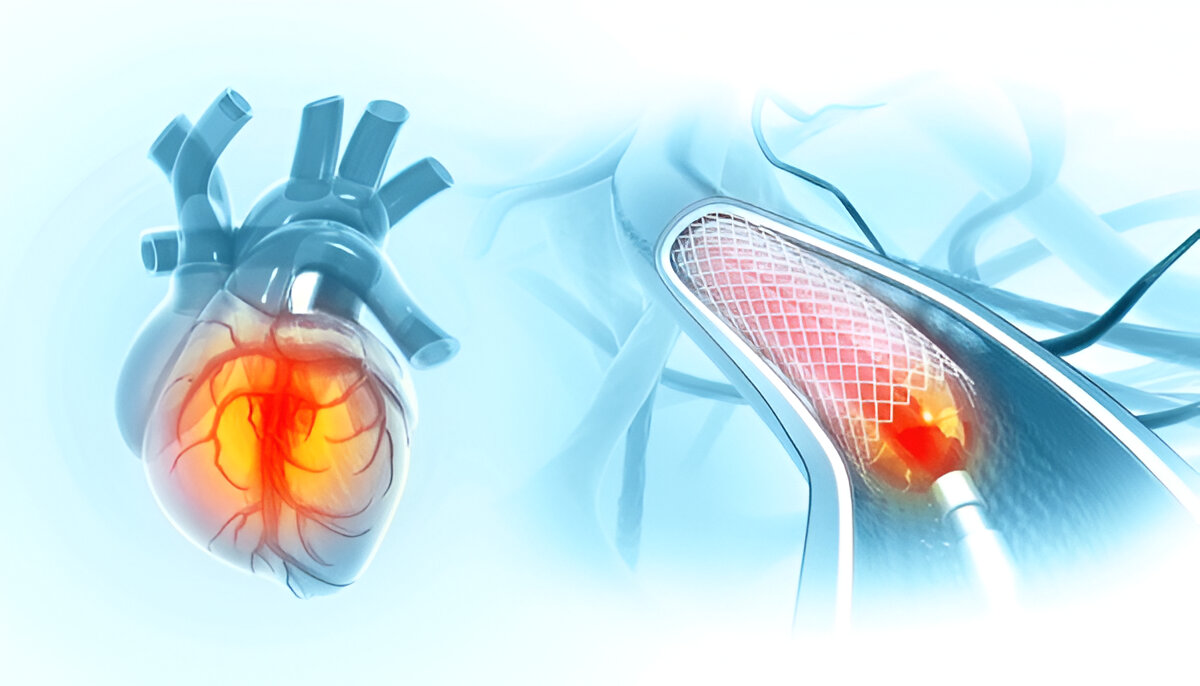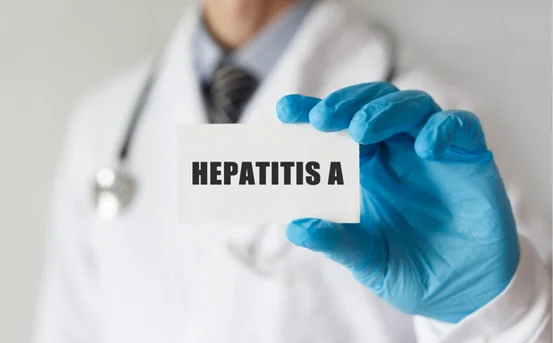Symptoms of temporal lobectomy is a common and effective surgical procedure used to treat drug-resistant epilepsy, particularly when seizures originate in the temporal lobe of the brain. While the surgery can significantly reduce or eliminate seizures, it may also result in various symptoms and side effects due to the removal or alteration of brain tissue. Understanding the symptoms of temporal lobectomy is essential for patients and caregivers to set realistic expectations, recognize warning signs, and manage recovery effectively.
Understanding the symptoms of temporal lobectomy both those that may occur immediately after the procedure and those that can persist long term is a crucial part of preparing for surgery. The brain is a highly specialized organ, and even a carefully targeted operation can temporarily or permanently affect cognitive abilities, emotional responses, or sensory perception. These symptoms can vary significantly depending on factors such as the side of the brain operated on (dominant vs. non-dominant hemisphere), the extent of tissue removed, and individual neurological health.
What Is a Temporal Lobectomy?
Temporal lobectomy is a neurosurgical procedure that involves removing part of the temporal lobe the section of the brain located on the sides of the head near the temples. It is typically performed to treat temporal lobe epilepsy (TLE), especially when seizures are not well controlled with medications.
The temporal lobe is responsible for functions like :-
-
Memory processing
-
Language comprehension
-
Emotion regulation
-
Auditory processing
Because of the crucial functions it manages, removing part of the temporal lobe can sometimes lead to noticeable symptoms. However, in many cases, the surgery results in improved quality of life with minimal long-term impairments.
Symptoms of Temporal Lobectomy (Indications for Surgery)
Before discussing the effects of surgery, it’s important to understand the symptoms that lead to the need for temporal lobectomy in the first place. These pre-surgical symptoms are mostly related to epilepsy and may include :-
Complex Partial Seizures
-
Blank staring
-
Lip-smacking or repeated hand movements
-
Altered awareness or responsiveness
-
Confusion post-seizure
Auras
-
Sensation of déjà vu
-
Strange smells or tastes
-
Unexplained fear or anxiety
-
Rising sensation in the stomach
Memory Problems
-
Short-term memory loss
-
Difficulty forming new memories
-
Forgetting familiar tasks or names
Emotional Disturbances
-
Mood swings
-
Irritability
-
Anxiety or depression
When medications fail to control these symptoms, surgery becomes a viable option. Brain imaging, EEG, and neuropsychological testing are used to determine candidacy for temporal lobectomy.
Immediate Post-Operative Symptoms of Temporal Lobectomy
After surgery, patients may experience a range of temporary symptoms. These are often due to anesthesia, swelling in the brain, and the natural healing process.
Headache and Fatigue
-
Common in the first few days post-surgery
-
Can be managed with pain medications and rest
Swelling and Bruising
-
Around the surgical site
-
May cause discomfort but usually subsides within a week
Nausea and Vomiting
-
Often due to anesthesia or pain medications
-
Usually resolves within a day or two
Seizures
-
Some patients may still experience seizures immediately after surgery
-
These often reduce in frequency over time as the brain heals
Speech or Language Difficulties
-
Especially if the dominant hemisphere (usually the left) is involved
-
May involve trouble finding words or forming sentences
Cognitive and Emotional Symptoms After Temporal Lobectomy
Some of the most significant symptoms of temporal lobectomy relate to cognitive and emotional changes, which vary depending on the location and extent of brain tissue removed.
Memory Impairment
-
Short-term memory may be affected
-
More common when surgery involves the hippocampus or the dominant hemisphere
-
Strategies like note-taking and memory exercises can help recovery
Attention and Concentration Issues
-
Difficulty focusing or multitasking
-
Usually temporary but may persist in some cases
Emotional Changes
-
Anxiety or depression may worsen temporarily
-
Emotional flatness or inappropriate emotional responses can occur
-
Psychotherapy and counseling can be beneficial
Personality Changes
-
Some patients report feeling “different” post-surgery
-
May manifest as increased introversion or irritability
-
Support from family and professionals is crucial
Long-Term Symptoms and Complications of Temporal Lobectomy
Most patients who undergo temporal lobectomy improve significantly, especially in seizure control. However, some long-term symptoms can persist or develop later. These include:
Permanent Memory Deficits
-
Especially if both temporal lobes have been affected by epilepsy or surgery
-
Common in surgeries involving the dominant hemisphere
Visual Field Deficits
-
Loss of peripheral vision (specifically the upper quadrants, known as quadrantanopia)
-
May limit activities like driving
Persistent Language Difficulties
-
Difficulty retrieving words or understanding complex language
-
More common after left temporal lobectomy
Seizure Recurrence
-
Some patients may not become completely seizure-free
-
Adjustments to anti-seizure medications may be needed
Recovery and Rehabilitation After Temporal Lobectomy
Managing symptoms effectively requires a comprehensive recovery plan. Here are key components :-
Neuropsychological Rehabilitation
-
Helps in improving memory, attention, and problem-solving skills
-
Includes exercises, therapy, and sometimes computer-based tools
Speech and Language Therapy
-
For patients with communication difficulties
-
Helps regain fluency and language comprehension
Physical Therapy
-
If coordination or motor skills are affected
Psychological Counseling
-
Helps address emotional and personality changes
-
Aids in coping with lifestyle adjustments
Medication Management
-
Some patients continue taking anti-epileptic drugs (AEDs) for months or years after surgery
-
Gradual tapering under medical supervision is common
When to Contact a Doctor?
After surgery, it’s essential to monitor for warning symptoms that may require medical attention :-
-
Fever, swelling, or drainage at the incision site
-
Severe headaches not relieved by medication
-
Sudden memory loss or speech issues
-
New or worsening seizures
-
Visual disturbances
Regular follow-ups with the neurologist and neurosurgeon are key to monitoring recovery and managing any symptoms that arise.
Conclusion
While the idea of brain surgery can be daunting, temporal lobectomy is often a life-changing procedure for people with drug-resistant temporal lobe epilepsy. By understanding the possible symptoms before, during, and after surgery patients and their families can make informed decisions and prepare for a smoother recovery.























